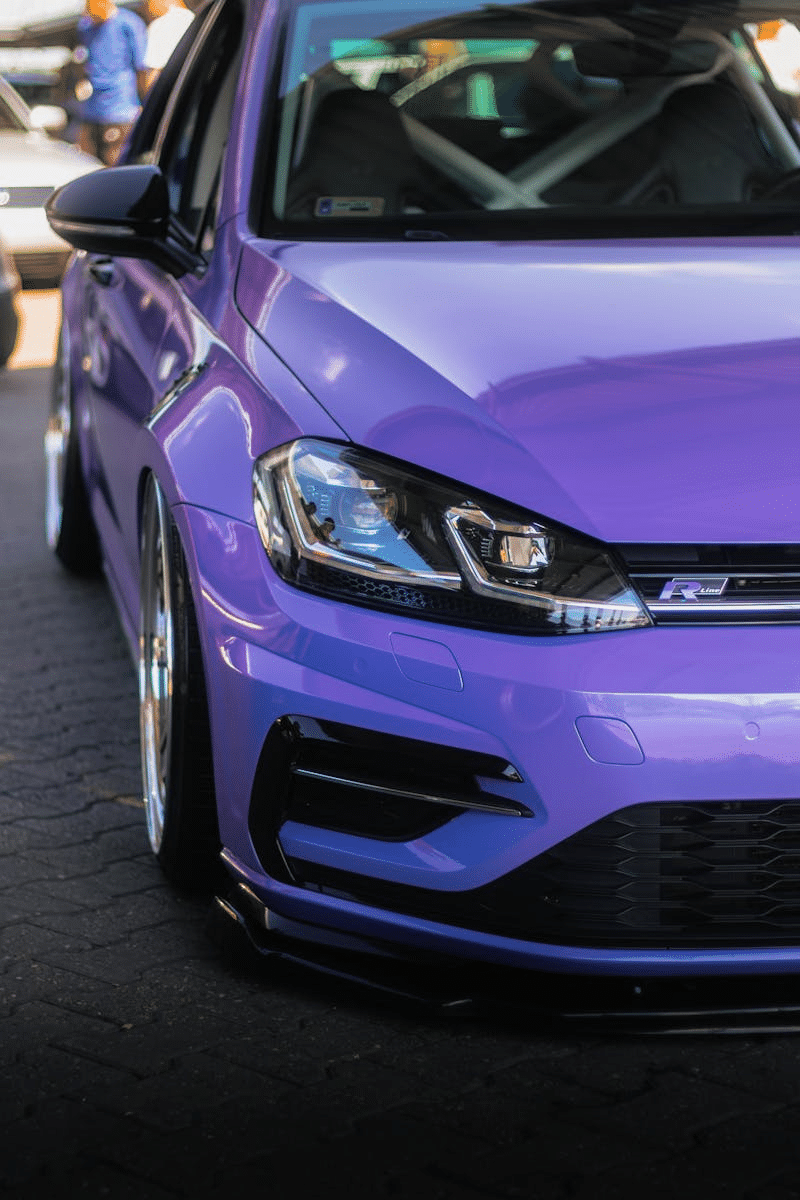Ceramic Coating vs. Wax: The Best Choice for Protecting Your Car’s Paint
Both options protect and enhance gloss—but they’re built for different goals. If you want long-term, low-maintenance protection and consistent presentation, ceramic coatings outperform wax. If you enjoy frequent DIY upkeep and a short-term shine pop, wax works.
What Is a Ceramic Coating?
Ceramic coatings (SiO₂-based) form a thin, durable layer that bonds to clear coat after paint correction and panel prep.
- Durability: multi-year protection when prepped and maintained correctly
- Defense: resists UV oxidation, chemical fallout, and light marring
- Hydrophobics: water and grime release easily → faster wash/dry
- Finish: deep, glass-like gloss that holds
See how we approach it: Ceramic Coating · Paint Correction & Prep
What Is Wax?
Natural (carnauba) and synthetic (polymer) waxes layer on top of paint and gradually wear off.
- Pros: lower upfront cost; warm, rich glow; DIY friendly
- Limits: 1–3 months typical durability; reduced chemical resistance; frequent reapplication
Head-to-Head: Ceramic vs. Wax
| Feature | Ceramic Coating | Wax |
|---|---|---|
| Durability | ● 2–5+ years (with proper prep & care) | ● 1–3 months |
| UV / Oxidation | ● Strong, long-lasting barrier | ● Light, short-term help |
| Hydrophobic | ● Persistent beading/sheeting | ● Fades quickly |
| Scratch / Stain | ● Adds hardness; reduces micro-marring | ● Minimal |
| Maintenance | ● Wash + occasional topper | ● Re-wax every 2–3 months |
| Finish | ● Deep, glass-like clarity | ● Warm, show-day glow |
| Cost | ● Higher upfront | ● Lower upfront |
Application: What to Expect
Ceramic Coating (Pro Process)
- Thorough wash & decontamination
- Paint correction (remove swirls/haze)
- Panel prep, precise coating application, level within window
- Initial cure protection; aftercare instructions
Wax (DIY or Pro)
- Wash & dry
- Apply thin, even layer by hand or DA
- Buff off to a uniform glow
3-Year Cost Snapshot
| Option | Upfront | Maintenance | Est. Total (3 yrs) |
|---|---|---|---|
| Wax (DIY) | $20–$50 / application | ~12 applications | $240–$600 |
| Wax (Professional) | ~$100 / application | ~12 applications | ~$1,200 |
| Ceramic Coating (Professional) | $600–$1,500 | Wash + topper as needed | $600–$1,500 |
Context: Coatings demand more upfront but reduce cycles of re-waxing and deliver stronger protection over the ownership window.
Which Should You Choose?
FAQ
Will ceramic stop rock chips or deep scratches?
Do I still need to wash the car with a coating?
How long does a professional coating last?
Can I layer wax over a coating?
Book the Outcome You Actually Want
Mobile service across Suwanee, Johns Creek, Alpharetta, Buckhead, and greater NE Atlanta.
Sumptuous Mobile Detailing & Ceramic Coatings

Ceramic coating and car detailing.
